ROI measurement toolkit for solar-powered street lamps in Nigerian municipalities | Insights by Quenenglighting
Unlocking Value: Your Guide to ROI Measurement for AI-Powered Solar Street Lamps in Nigerian Municipalities
For procurement professionals in Nigerian municipalities, investing in public infrastructure demands rigorous justification. Solar-powered street lamps present a compelling case for sustainability and energy independence, yet quantifying their Return on Investment (ROI) effectively requires sophisticated tools, especially when integrating Artificial Intelligence (AI).
1. What is the true financial ROI of solar street lamps compared to traditional grid-powered alternatives in Nigerian municipalities?
The financial ROI for solar street lamps in Nigeria is compelling, primarily driven by the avoidance of high and unpredictable electricity costs, coupled with grid unreliability. While initial CAPEX for a quality solar street lamp system can range from $700 to $2,500 per unit (depending on wattage and features), this is offset by near-zero operational electricity costs. Traditional grid-tied street lights incur ongoing tariffs, which in Nigeria can fluctuate significantly, with commercial/industrial rates often exceeding ₦60-80 per kWh (as of Q1 2024), compounded by generator fuel costs during outages. A solar system, even considering battery replacements every 3-7 years, often achieves a payback period of 3-7 years, especially in areas with high grid tariffs or no grid access, providing substantial savings over its 20+ year lifespan.
2. How can AI-driven toolkits accurately measure and optimize energy savings and operational efficiency?
AI-driven toolkits offer granular, real-time insights into energy dynamics. They monitor solar panel output, battery charge cycles, and LED power consumption, providing precise data on actual energy generation versus usage. AI algorithms analyze historical patterns, weather forecasts, and light requirements to optimize brightness levels throughout the night (adaptive lighting), extending battery life by 15-25% and reducing overall energy consumption. This optimization ensures that lamps operate efficiently, minimizing wasted energy and maximizing lamp autonomy, all while accurately reporting the kilowatt-hours saved by not drawing from the national grid or generators. These savings directly translate to a measurable increase in ROI.
3. What are the long-term maintenance implications and cost reductions achievable with AI-enhanced solar street lighting systems?
AI significantly transforms maintenance from reactive to predictive. Traditional street lights require periodic inspections and manual troubleshooting, leading to higher labor costs and downtime. AI-enabled systems continuously monitor component health (battery voltage, panel efficiency, LED driver status). Leveraging machine learning, these systems can predict potential failures, such as declining battery capacity or LED lumen degradation, before they occur. This allows municipalities to schedule proactive maintenance, replace components before catastrophic failure, and optimize service routes. This predictive approach can reduce unplanned maintenance call-outs by up to 30-50% and extend component lifespans, drastically lowering long-term operational expenditures.
4. Beyond direct financial metrics, how can municipalities quantify the environmental and social benefits of solar street lighting?
Beyond monetary savings, solar street lighting delivers significant environmental and social returns. Each solar street lamp unit mitigates greenhouse gas emissions by avoiding electricity generated from fossil fuels (grid or generators). For instance, replacing a 100W grid-powered lamp with a solar unit can prevent approximately 0.5-0.7 metric tons of CO2 equivalent emissions annually (depending on the grid's energy mix). Socially, improved public safety and security in previously dark areas lead to reduced crime rates and increased night-time economic activity. These benefits can be quantified through social impact assessments, improved community perception surveys, and alignment with UN Sustainable Development Goals (SDG 7: Affordable and Clean Energy, SDG 11: Sustainable Cities and Communities).
5. What specific data metrics and reporting capabilities should a procurement user prioritize in an ROI measurement toolkit?
A robust ROI measurement toolkit should prioritize actionable data. Key metrics include: daily/monthly kWh generated by solar panels, daily/monthly kWh consumed by LED luminaires, real-time battery State of Charge (SoC) and State of Health (SoH), lamp uptime percentage, fault logs (e.g., communication errors, component failures), light intensity reports, and energy independence percentage (ratio of self-generated vs. grid-required). The toolkit should provide customizable dashboards, historical performance trends, and automated alerts, allowing procurement managers to easily track performance, verify savings, and identify areas for optimization.
6. How do advanced AI features address common challenges like theft, vandalism, and fluctuating environmental conditions in the Nigerian context?
Advanced AI features are crucial for resilience in challenging environments. Integrated cameras with AI video analytics can detect unusual activity, loitering, or direct tampering attempts, sending real-time alerts to security personnel, thereby deterring theft and vandalism. Remote monitoring allows for immediate detection of physical damage or operational failures, enabling rapid response. Furthermore, AI algorithms optimize battery charging and discharge cycles based on real-time weather data and irradiance levels, ensuring consistent light output even during periods of lower solar availability. This adaptability maximizes system uptime and extends component life, mitigating the impact of fluctuating environmental conditions.
7. What is a realistic payback period for such an investment, and how can financing models support municipal adoption?
As noted earlier, a realistic payback period for solar street lighting in Nigerian municipalities typically ranges from 3 to 7 years. This period can be shortened in high electricity tariff zones or areas entirely dependent on diesel generators. To support municipal adoption, various financing models can be explored. These include green bonds, public-private partnerships (PPPs), Energy Performance Contracts (EPCs) where an ESCO funds the project and is repaid from energy savings, or Power Purchase Agreements (PPAs) for larger installations. International development funds and climate finance initiatives also present opportunities for grant funding or concessional loans, specifically targeting sustainable infrastructure projects in emerging economies.
Why Choose Quenenglighting for Your Smart Solar Street Lamp Needs?
Quenenglighting understands the unique demands of Nigerian municipalities. Our AI-powered solar street lamps integrate cutting-edge technology for superior energy efficiency, real-time performance monitoring, and predictive maintenance capabilities. We offer robust, anti-theft designs optimized for local conditions, ensuring maximum uptime and security. Our comprehensive ROI measurement toolkits provide granular data and intuitive reporting, empowering procurement teams with the insights needed to justify investments and demonstrate tangible value. With Quenenglighting, you gain a partner committed to delivering reliable, sustainable, and economically sound public lighting solutions.
数据引用来源
- Nigerian Electricity Regulatory Commission (NERC) - Q1 2024 Tariff Orders.
- International Renewable Energy Agency (IRENA) - Renewable Power Generation Costs in 2022, published 2023.
- World Bank - Nigeria Country Overview, published 2023.
- United Nations Development Programme (UNDP) - Sustainable Development Goals Reports, published 2023.
- Various industry reports on solar street lighting market trends and component costs (e.g., Grand View Research, Fortune Business Insights) - estimates based on 2022-2023 data.

Have more questions about our products or services?
The latest hot news you might like

Discover how solar panels power street lights, exploring the technology behind solar energy conversion, storage systems, and how solar-powered street lights are revolutionizing urban and rural lighting solutions.

Learn how AC Solar Hybrid Street Lights work, their advantages, disadvantages, system behavior in low-sunlight conditions, and why hybrid technology is ideal for regions with unstable sunlight.

Municipalities around the world are increasingly adopting solar-powered streetlights as part of their urban development strategies. Rising energy costs, the need for sustainable infrastructure, and government green initiatives are driving cities to switch from traditional street lighting to advanced LED solar streetlights.
Queneng Lighting provides municipalities with cost-effective, energy-efficient, and durable solar lighting solutions, ensuring safe and sustainable public spaces.
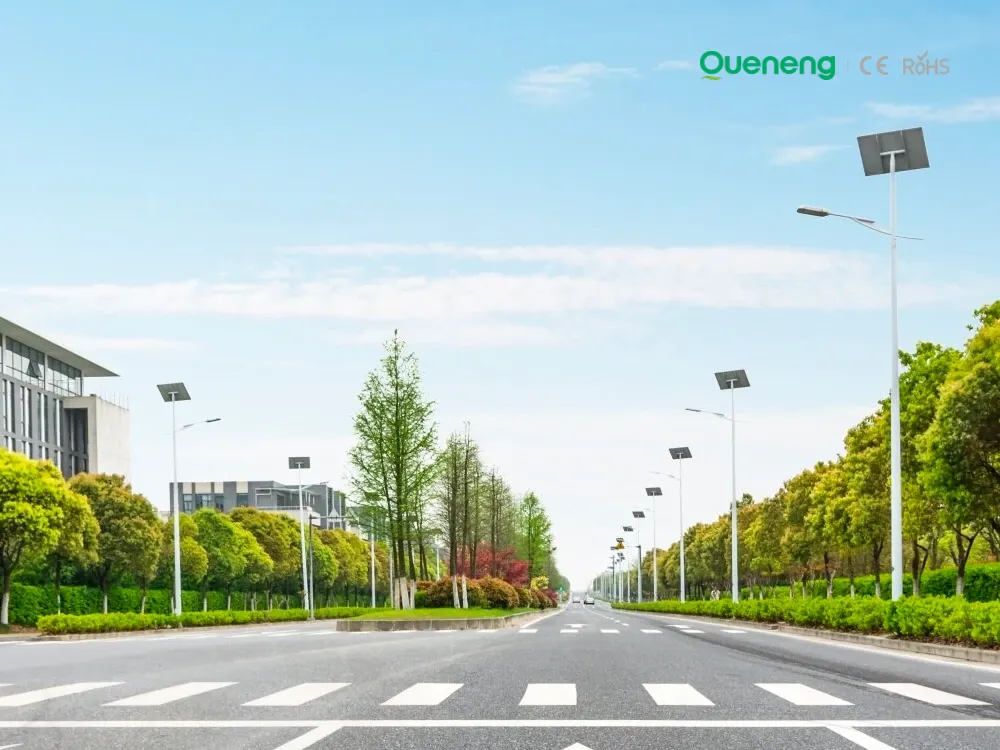
In recent years, the purchase of solar streetlights for municipalities has become a growing trend across the globe. Local governments are under pressure to reduce public expenditure, promote green energy, and create safer communities. Solar streetlights provide a reliable, cost-effective, and sustainable solution that meets these needs. Queneng Lighting, as a leading solar street lighting manufacturer, has supported multiple municipal projects worldwide with customized and energy-efficient solutions.
FAQ
Battery Performance and Testing
What is a fire experiment?
What is trickle charging?
Battery fundamentals and basic terms
What is a discharge platform?
Solar Street Light Luyi
What are the key features of Luyi solar street lights?
Luyi solar street lights feature advanced LED technology paired with high-efficiency solar panels. They offer bright, reliable illumination while consuming minimal energy. The lights are designed with durable materials to withstand harsh outdoor conditions and come equipped with motion sensors, adaptive brightness control, and smart monitoring capabilities for enhanced energy savings.
Solar Street Light Luxian
Are Luxian solar street lights suitable for installation in remote locations?
Yes, Luxian solar street lights are ideal for remote or off-grid locations, as they operate entirely on solar power and do not require any connection to the electrical grid. They are perfect for rural roads, pathways, parks, or other outdoor spaces that lack access to traditional power sources.
Industry
Do Queneng’s solar street lights have anti-theft protection?
Our solar street lights are designed with security features, including durable casings and anti-theft bolts, minimizing the risk of theft.
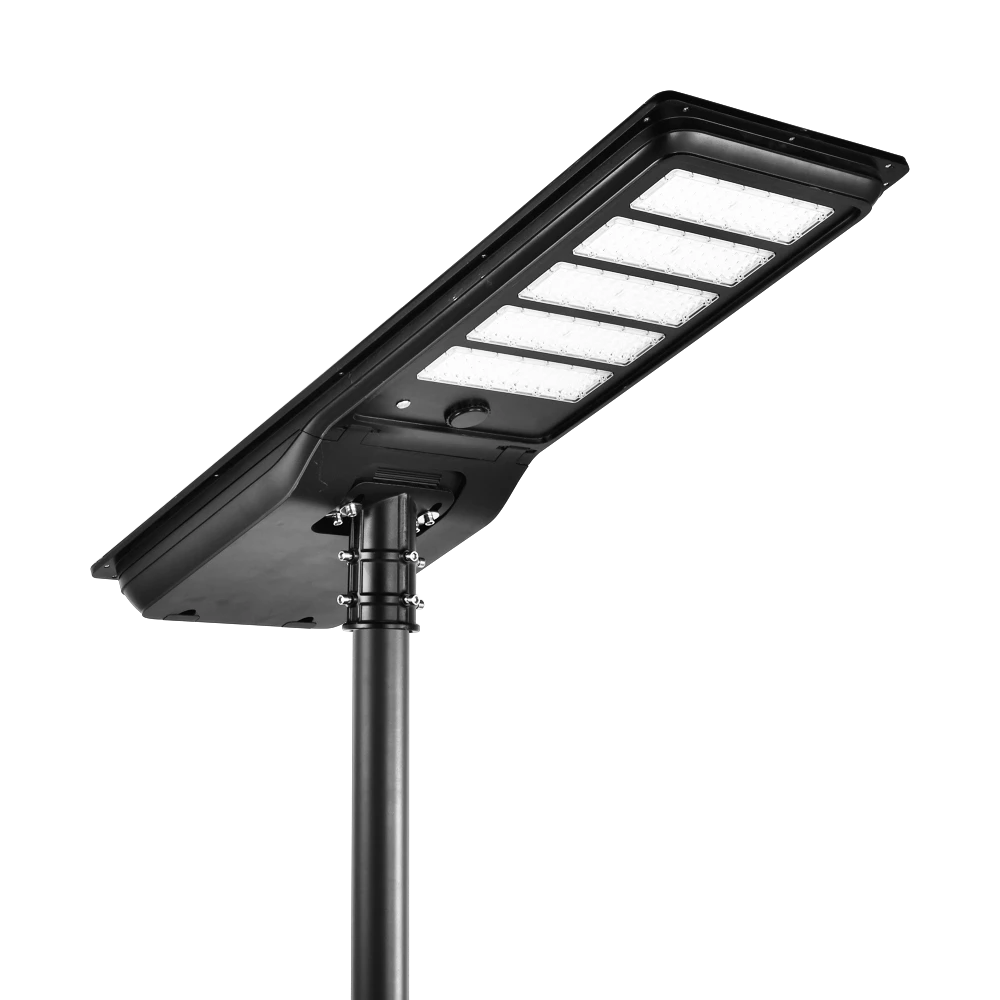
High-efficiency all-in-one solar street light with a monocrystalline solar panel and LiFePO₄ battery. Delivers brighter illumination, wider outdoor coverage, and safer lighting performance for streets and public areas.
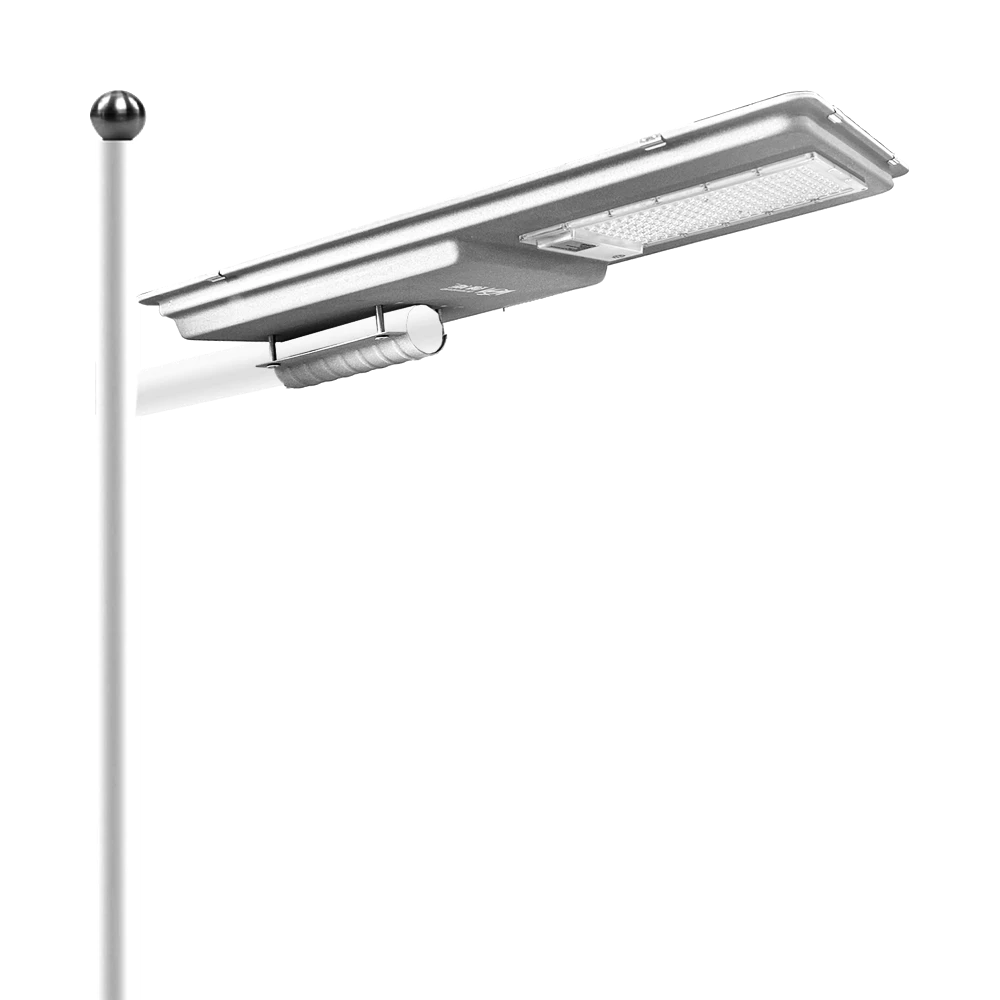
Queneng's Lufa high-efficiency solar LED street lights illuminate urban and commercial spaces brilliantly. These commercial solar LED street lights offer superior energy savings and reliable performance, making them an ideal sustainable lighting solution.
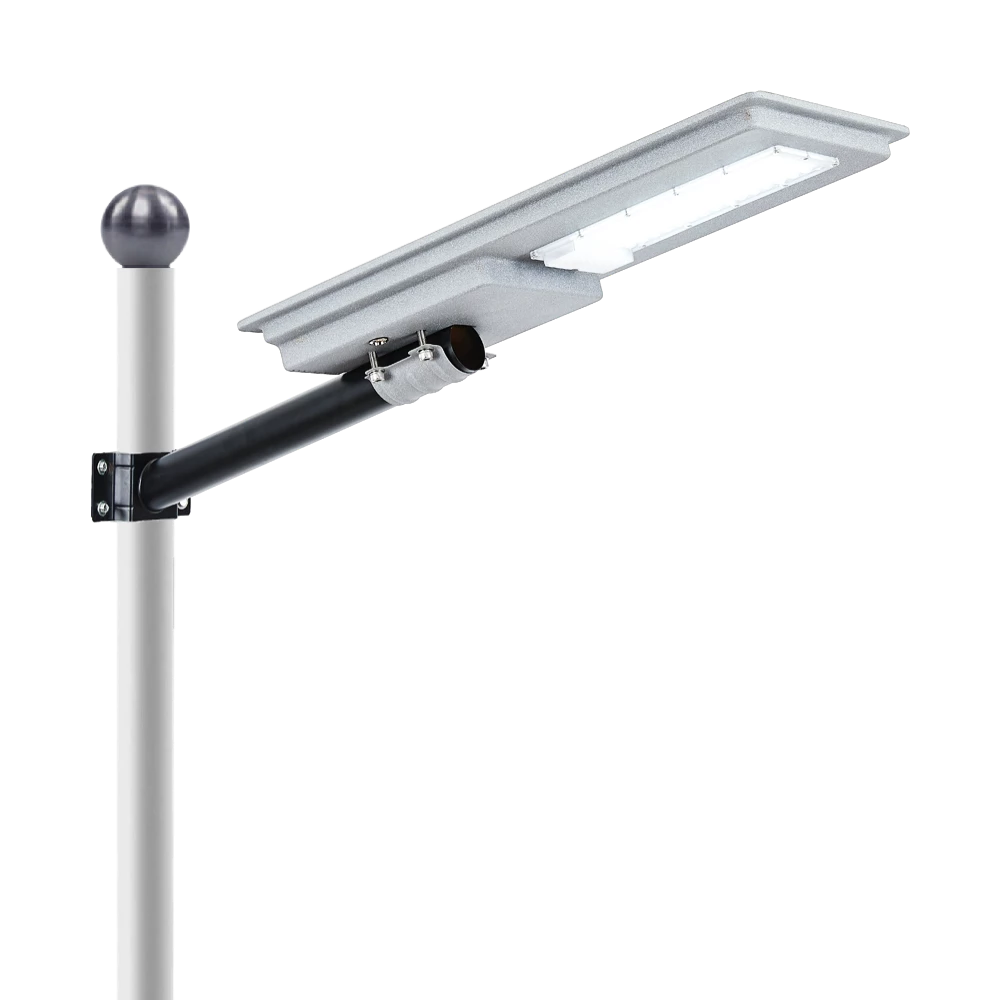
Introducing the Luda Solar Street Light by Queneng: the ultimate in outdoor lighting. This durable, eco-friendly solar street light offers high efficiency and sustainability. Perfect for illuminating streets, pathways and public spaces, it harnesses solar power to reduce energy costs and environmental impact.
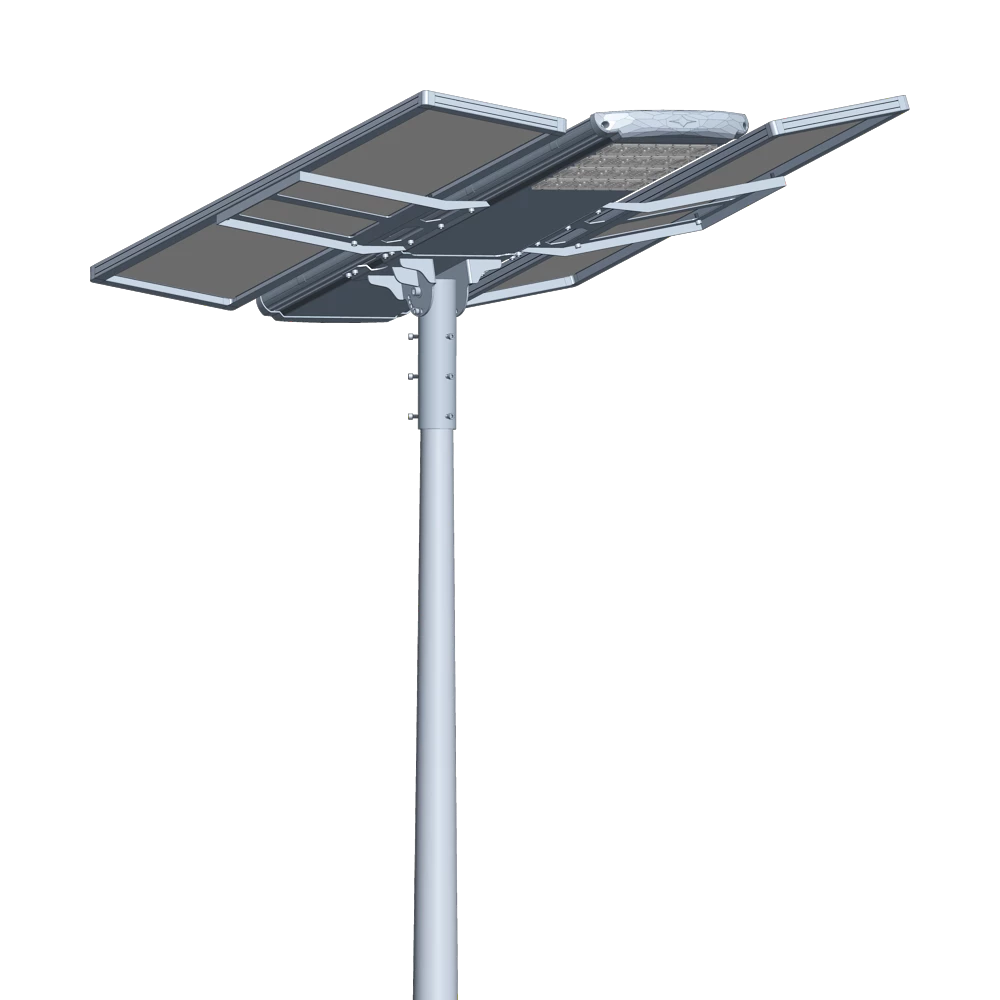
Introducing the Luqing Solar Street Light by Queneng, Efficient LED lighting powered by solar energy is perfect for illuminating outdoor areas. Harness the power of solar energy for sustainable, reliable street lighting. Ideal for eco-friendly, cost-effective outdoor illumination solutions.

The Solar Street Light offers an energy-efficient, eco-friendly solution for illuminating outdoor spaces.

The Solar Streetlights of Luhao for Municipalities are designed to deliver reliable, energy-efficient, and cost-effective public lighting solutions. Equipped with advanced LED technology, durable lithium batteries, and high-efficiency solar panels, these streetlights provide consistent illumination for roads, parks, residential areas, and government projects.
If you would like more information about Queneng solar lighting solutions, please send us a message by filling out the form below. Our professional team will get back to you within 24 hours!
Rest assured that your privacy is important to us, and all information provided will be handled with the utmost confidentiality.
Schedule a Meeting

Book a date and time that is convenient for you and conduct the session in advance.
Have more questions about our products or services?





















